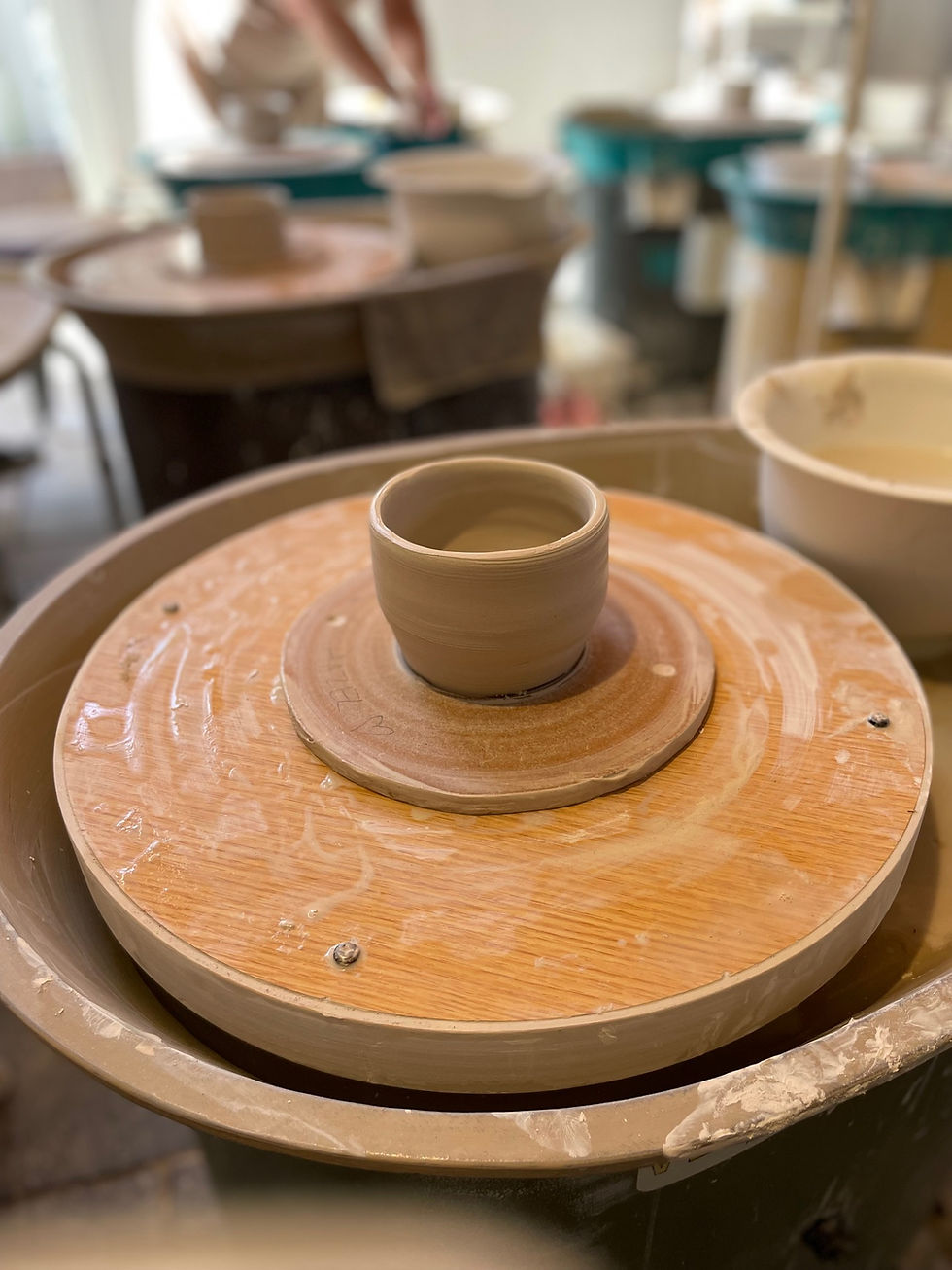Scrum Master vs Product Owner: Who Does What?
- Marcus Ward

- Oct 3, 2023
- 2 min read
Updated: Oct 4, 2023
In the Scrum framework, understanding roles and responsibilities is crucial for a project's success. Two pivotal roles you may have heard of are the Scrum Master and the Product Owner. Both contribute to the project but in different ways. So, we’ve written this article to summarise the differences between a Scrum Master and a Product Owner. Let's dive into the details to clarify the roles, their responsibilities, and how they complement each other.

What is a Scrum Master?
A Scrum Master serves as a facilitator and coach for a Scrum team, helping the team use Scrum practices and principles to deliver high-quality products. They work to remove any impediments that the team faces, facilitating Scrum events, and ensuring that the Scrum framework is followed.
Key Responsibilities of a Scrum Master
Facilitate Scrum ceremonies like Sprint Planning, Daily Stand-ups, and Sprint Reviews
Remove obstacles that the team might face during the Sprint
Coach the team in Scrum principles
Ensure a productive relationship between the team and Product Owner
Protect the team from external interruptions and distractions.
What is a Product Owner?
The Product Owner is the individual responsible for the product backlog, a prioritised list of features, enhancements, and bug fixes for the product. They represent the stakeholders and customers, focusing on delivering maximum business value.
Key Responsibilities of a Product Owner
Prioritise the product backlog
Specify backlog items clearly and concisely
Make scope and timeline decisions
Act as the liaison between the Scrum team and stakeholders
Accept or reject work results during Sprint Reviews
The Differences Explained
Here we’ve tried to explain the differences.
Focus
Scrum Master: Focuses on the Scrum team and process
Product Owner: Focuses on the product and business value
Stakeholder Interaction
Scrum Master: Minimal interaction with stakeholders, more internal team focus
Product Owner: Constant interaction with stakeholders to gather requirements and feedback
Ceremonial Roles
Scrum Master: Facilitates Scrum ceremonies
Product Owner: Participates in Scrum ceremonies but does not facilitate
Decision-making
Scrum Master: Does not make decisions about the product backlog
Product Owner: Makes decisions about what goes into the product backlog
Complementary Roles
While the Scrum Master and Product Owner have distinct roles, they must work closely to achieve a successful outcome. The Scrum Master ensures the team can work as effectively as possible, while the Product Owner ensures the team is working on the most valuable tasks. Together, they serve as the cornerstone of any successful Scrum project.
In summary
Understanding the difference between a Scrum Master and a Product Owner is crucial for anyone involved in Scrum projects. By clarifying their responsibilities and how they interact, you're setting the stage for a more effective and efficient Scrum process - and healthier projects.
So, whether you're a Scrum veteran or just starting out, knowing the roles and their nuances can only empower you to make better decisions and contribute more effectively to your team.
Twenty Collective provides public and in-house Scrum Master and Product Owner training.



Comments